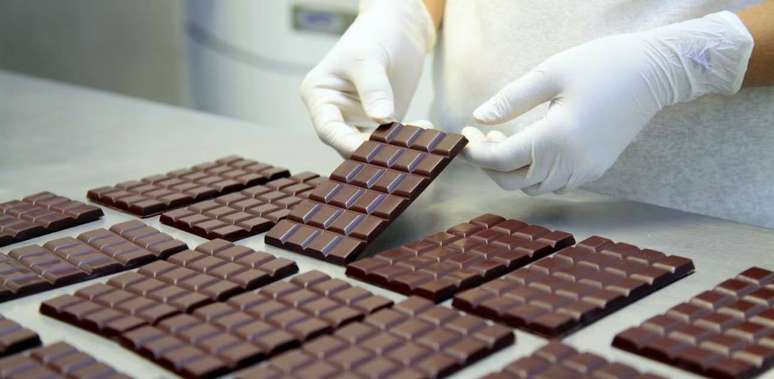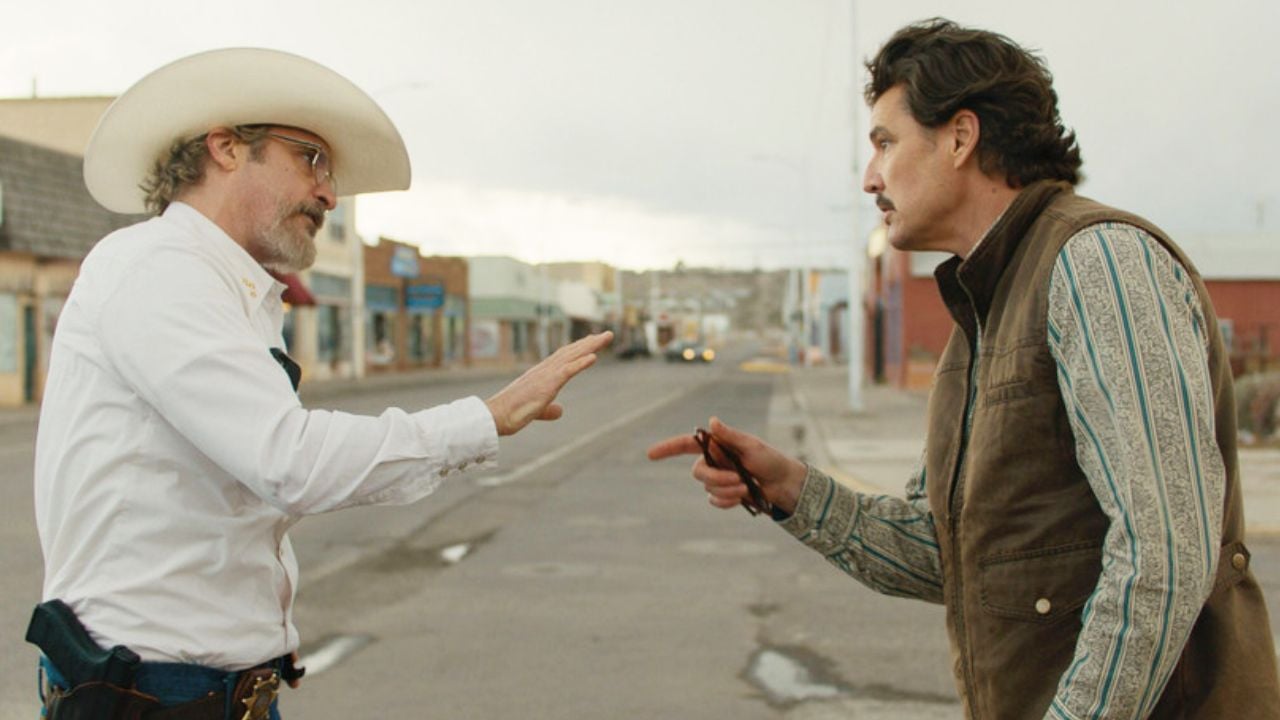The recipes, which do not require additives such as hydrogenated fats, include other ingredients from the region, such as açaí, baruci and tucumã
Belém (PA) – Plac! If you hear this noise when you break a chocolate bar in your ear, you can celebrate, it was seasoned correctly. And when we talk about fine chocolate produced in the Amazon, it also means that it was made with whole cocoa beans – i.e. nibs plus butter -, very little sugar, no milk and no artificial additives, such as hydrogenated fats or other. of the type. Ingredients such as tucumã, cupuaçu, fried banana, murupi pepper, açaí, bacuri and tapioca flakes are used to increase texture and flavor.
It is with this recipe that Amazonian chocolate is becoming increasingly popular in the national market and also abroad. And one of those responsible for the good news is the state of Pará, which not only surpassed Bahia in cocoa production, but also unloaded the largest quantity of packaged product on the shelves. This was evident in the latest editions of the Chocolat Festival, in Belém, which brought together hundreds of producers from the state, a good part of the city of Medicilândia, in the Altamira region, currently the largest cocoa producer in Brazil.
Half of Brazilian cocoa comes from Pará
Every year 280 thousand tons of cocoa are produced in the national territory, of which Pará produces around 150 thousand. According to the IBGE, the predominance of Pará fruit over Bahia has lasted for three years. Half of Brazilian cocoa comes from Pará and the result is chocolates, made in an artisanal way, in which the producer controls every stage, from the removal of the fruit from the cocoa tree (from the tree to the bar) or the grinding of the almonds. (bean to bar) up to the final product, packaged and ready to be devoured.
Much of this success is due to names like the Italian-Brazilian chocolatier Fabio Sicilia, of Gaudens (orgasm, in Latin), who produces chocolates in Belém and who has created some of his most award-winning recipes, many of which are served at Famiglia Sicilia , in the capital Pará, where his sister, Angela, runs the kitchen, mixing Italian techniques and typical Pará inputs. Can you imagine a maniçoba ravioli? There he is.
Bronze medal at the Academy of Chocolate world competition in London, Gaudens chocolate is a bar made from fermented cocoa from the Amazon, resulting in a bouquet of aromas. “The origin of cocoa is Amazonian. It was brought to Bahia. Here it coexists with other crops, agroforestry, which is why it resists parasites such as the witches’ broom, which in the past devastated the farms of Ilhéus”, says Fabio. “Our difference is quality control, from the harvesting and fermentation of the beans, to the roasting, which will generate the nibs, then the chocolate powder (without cocoa butter), which goes into the production of fine chocolates.”
Product exclusivity
The Gaudens line has 36 flavors and one of these wonders costs R$30 on average, via the website gaudens.com. Combining the richness of Amazonian ingredients with the creativity of the chocolatier, the crunchy “Cripioca” is a trademark among the recipes: the highest quality chocolate with tapioca flour.
Sustainable cocoa production
Although chocolate lovers appreciate the most diverse flavors, there is a commitment to sustainability behind the production of cocoa. This is attracting more and more attention from the international market. Data from the Ministry of Industry, Foreign Trade and Services (MDIC) indicate growth in exports in recent years. Last year, the value of this market reached $142 million, the highest in ten years. The volume was 36.1 thousand tons of chocolate to be exported in 2022.
This ultimately reflects on the prestige of the product and its variety. Dehydrated fruit and medicinal herbs, biodegradable packaging, sustainable management, native chocolate. Katiana Xipaia, from the indigenous riverside community of Jericoá, in Vitória do Xingu (Altamira region), uses pitaya, pineapple and banana in the composition of her Sidjä Wahiü (“strong woman”) chocolate, made with cocoa from Medicilândia (PA) . The brand was launched in June this year, it does not contain milk, what sweetens it is native bee honey. A 75g bar (54% to 72% cocoa) costs R$29.90 and can be purchased via Instagram (@sidja_wahiu).
“Just like us, other indigenous communities have also benefited and, together, we are part of the first line of chocolates from Cacauway Comunidades Indígenas, a tree-to-bar chocolate cooperative, the first of the Transamazônica,” Katiana points out.
Another chocolate from Pará famous for its environmental savoir-faire – although without a name or label – comes from the quilombola lands of Moju-Miri, in the city of Moju, six kilometers from the capital Belém, belonging to the microregion of Tomé-Açu. A 100% organic and wild product, whose cocoa comes from forests flooded by the Moju River. Those who run the company are João Cardoso and his family. The 100% cocoa bar costs R$70, but just go there to try it.
A novelty that promises to surprise the most refined palates is Lá do Sítio chocolate, the fruit of family farming. Paulo Barbosa plants and takes care of cocoa. Jussara produces chocolate from tree to bar. His daughter Tatiana puts the finishing touches and helps with marketing. The family comes from Vitória do Xingu, where they learned that chestnuts, pitaya and cumaru combine with cocoa. And what a championship! The first harvest has just come out, it doesn’t even have packaging yet. There they produce 15 tons of cocoa a year, much of which is sold to Natura.

Is it good or bad for your health? Discover interesting facts about coffee
Yanomami expertise
These are some of the attractions that have always seduced foreign “hunters” of rare chocolates. This is the case of the Venezuelan resident in Madrid, Helen Lopes, owner of Pecado, a fine chocolate shop that sells bars for up to R$ 150. “Brazil is the only country in the world that, in addition to growing cocoa, produces chocolate for its own consumption, sweet and fun.”
Everyone knows chocolate with orange, but not with cupuaçu. On the shelves of Helen’s shop in the Spanish capital, there are some of the six varieties that make up the portfolio of De Mendes, based in Pará, which works with cocoa harvested and pre-processed in communities of indigenous peoples in the Amazon. One of the most successful on the shelf is the 69% cocoa, produced by the Yanomami people, without milk and sweetened with organic rapadura. With a unique flavor, it provokes both sides of the mouth. Not to mention the packaging, which bears signs of knowledge and connection with the forest. It is already found throughout Brazil (@chocolatesdemendes).
In common, all these initiatives in the forest work with sustainability, regionality and the diffusion of Amazonian culture and gastronomy. There are more than 300 chocolate brands originating from Brazil, according to Marco Lessa, creator of the Chocolat Festival, which has just won an edition in Portugal. Halfway across the room, guess what: there was only the Amazon.
Ten years ago, Lessa informs, there were two brands of chocolate in the state of Pará, today there are more than 50. “This only happens because there is an army of women who produce chocolate. Many of them traveled 24 hours a day from within the State to present themselves and sell their chocolates in the capital. Fruit of the Amazonian terroir, fruitier, sustainable, healthier.”
The Combu
A 15-minute boat ride from the capital Belém, the island of Combu is a must-see. An opportunity for tourists to have a true Amazon rainforest experience without having to go far. That is the postal code of Dona Nena, producer of cocoa (agroforestry system, in which the fruit coexists with other crops) and organic chocolate that attracted the attention of chef Thiago Castanho: Filha do Combu (@filhadocombu).
“Thiago stopped by Prazeres (Nena’s granddaughter, owner of the nearby Saudosa Maloca restaurant) and called me crazy,” says, who began production in 2006.
After 13 years he graduated as a chocolatier and the result is an unparalleled improvement in his product: no milk, just cocoa and organic sugar (very little). Over time, the friendship between her and the famous chef turned into a profitable business for both of them. Today Castanho is the chocolate ambassador of Dona Nena, first and foremost a cocoa farmer.
On the way back to Belém, the advice is to stop at Saudosa Maloca and try some of the river recipes, such as the Pará stew with puppy, shrimp, tucupi and rice with pirão (R$ 179 for up to three people) or the tambaqui grilled, served with jambu rice, farofa and vinaigrette (R$ 139.90).
The journalist traveled at the invitation of the Chocolat Festival.
Source: Terra
Ben Stock is a lifestyle journalist and author at Gossipify. He writes about topics such as health, wellness, travel, food and home decor. He provides practical advice and inspiration to improve well-being, keeps readers up to date with latest lifestyle news and trends, known for his engaging writing style, in-depth analysis and unique perspectives.









